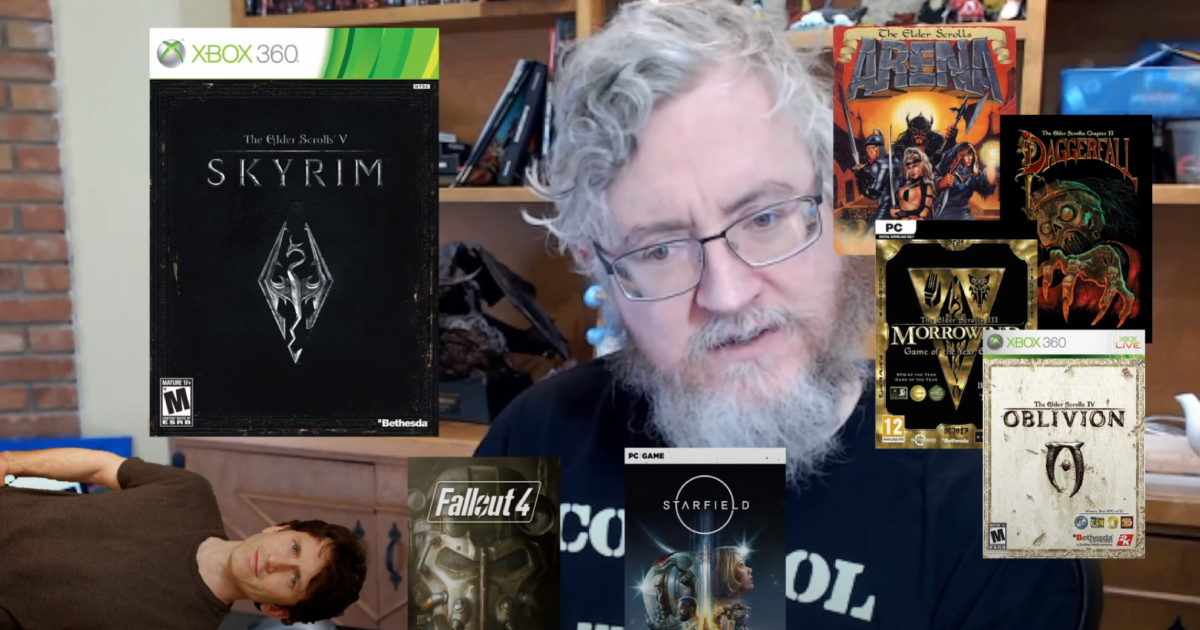Targeting the right audience for a game is one of the most important tasks for developers. Acclaimed developer and former BioWare producer Mark Darrah has opened up about the decision-making process and who should make the final choice.

Who are you making your game for?
Darrah touched on this topic in a new video on his YouTube channel, saying that the first question a developer should ask themselves is who this game is for.
For solo indie creators, the obvious answer is “Me.” As an individual developer, you know what games you like, what mechanics you want to implement, and you can always test your ideas without having to debate with other people. “You may or may not represent a larger audience, [but] you’re a little team, so maybe you don’t care that much,” Darrah noted.
As the team gets bigger, the number of “Me”s also grows. In this case, devs have to find a consensus on what their target audience is. The easiest way is to make one person make all the decisions about the game’s design and features without much communication, but Darrah thinks it is a “little disempowering” for other team members.
The other option, according to Darrah, is that “you all are Me.” Having different opinions from different people will make the circle of the audience bigger. However, there is a risk that “instead of getting the union of different game-making desires, you actually end up getting the intersection.”
When it's just one person, you know that there is at least an audience of one. When it's the combination of a bunch of people, there is a risk that it could end up being an audience of zero. I don't know that I've ever seen that happen, but it's something to think about. Former executive producer at BioWare
So there needs to be a synthesis point that should resolve conflicts and help the team combine different ideas together without making a bunch of features that overlap each other. User testing or dividing potential audiences by motivations (i.e. what features they love most when playing games) may help make the right choices.
Darrah also thinks that running a studio, especially a big one, with a full-fledged democracy where everybody can make the final calls might be a bad idea. That’s why there needs to be a person who must take responsibility for making the key design decisions and helping other members of the team shape their ideas and move together to achieve the ultimate goal.
I don't think that running your design as a democracy is a good way to go because you're going to end up with something pretty inconsistent in most cases. What's going to happen is that sometimes one side is going to win over some other, and you're going to be swinging your design all over the place. But if it's not a democracy, then ultimately there needs to be somebody that is making that decision. Former executive producer at BioWare
How defining your target audience can become extremely complicated
To illustrate some of the pitfalls of this process, Darrah decided to imagine who the next Elder Scrolls game could be for. For Bethesda and Todd Howard, there might be several complications:
- Are fans of TES V: Skyrim the target audience, considering it came out 12 years ago?
- Has their taste changed, and how many of those people have stopped playing games at all?
- Do you need to take into account the preferences of avid fans who played earlier installments in the series, including Morrowind and Daggerfall (or is there no overlap between them and Bethesda’s current audience)?
- Are players of modern titles like Fallout 4 and Starfield the target audience for The Elder Scrolls VI?
- Are people who became familiar with the IP through TES Online also the audience?
Darrah noted that all of the above is true to some extent, so Bethesda has to consider many audiences, including people who never played an RPG before or even weren’t born yet when Skyrim came out.
It is always up to one person or a group of leaders who will have the last word because game development is all about making hundreds of different decisions. And picking the right audience is one of the most important ones at early stages.
“So who is this game for? It could be just for you. It could be for tens of millions of people, but even in that case, it’s ulimately coming back to you,” Darrah concluded. “Having this conversation, understanding those goals, figuring out that synthesis point for you when you’re going to be the one making those calls is what’s going to allow you to make the decisions that need to be made to make the best game you can make.”
More details can be found in the full video below. Mark Darrah has many other useful videos, including his explanation of why the so-called “BioWare magic” is a flawed conception, the so-called “live service trap,” or his stories about the development of Baldur’s Gate and Jade Empire.

